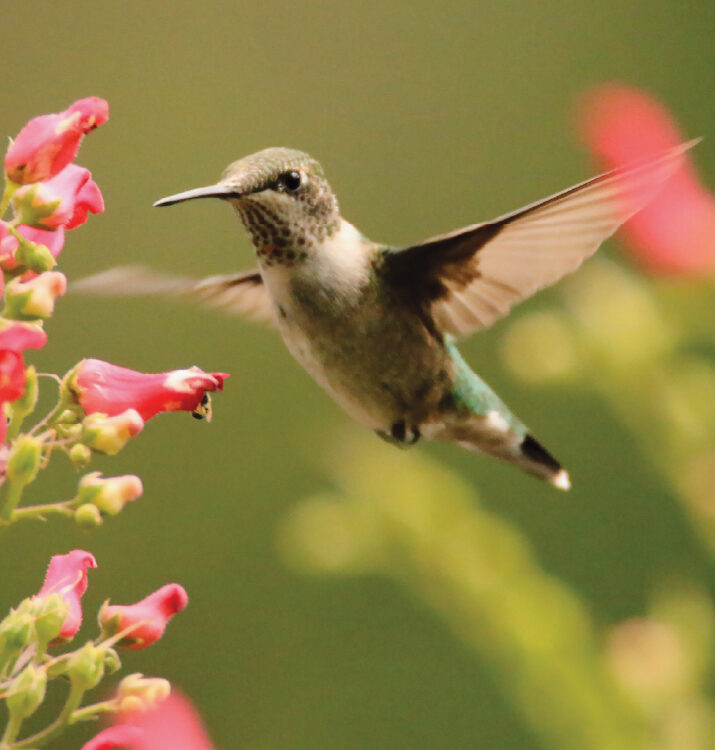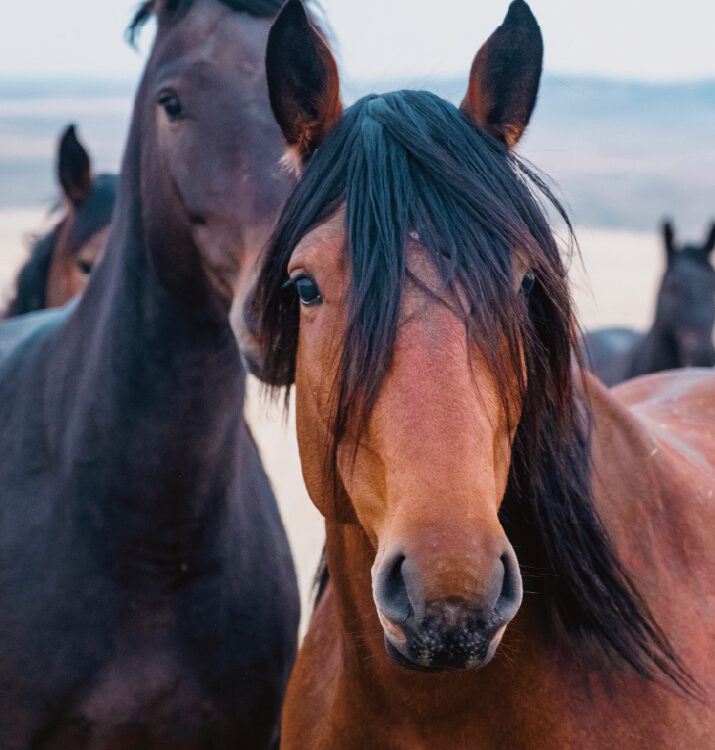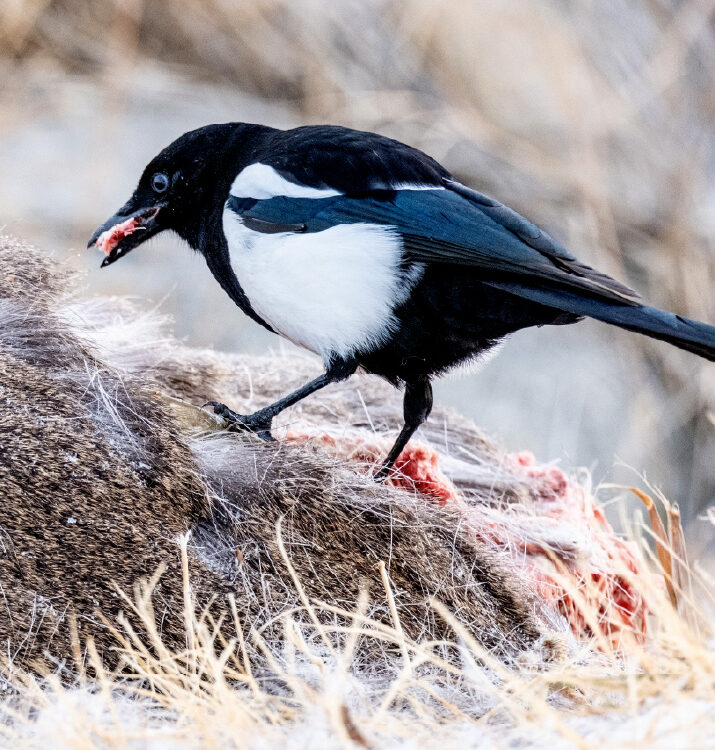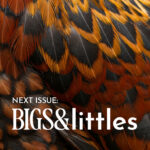
Send us your pics!
May 7, 2014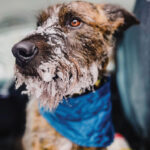
Winter Adventure Pups
April 29, 2025Welcome, Little Jewels! A Beginner's Guide to Hummingbird Feeders
So, you've decided to invite the dazzling world of hummingbirds to your backyard? Wonderful! These tiny, energetic jewels are a joy to watch, and setting up a feeder for them is easier than you might think. Here's a quick guide to get you started and keep those little wings happily buzzing around.
Getting Started: The Basics
-
DO: Choose a feeder that's easy to clean. Trust me on this one! Simple designs with wide openings are your best friend.
-
DO: Place your feeder in a spot that's visible but also offers some protection from harsh weather and predators (like cats). Think about a partially shaded area near trees or shrubs.
-
DO: Buy feeders with red parts. We want to cater to our hummingbird friends. Red accents are great!
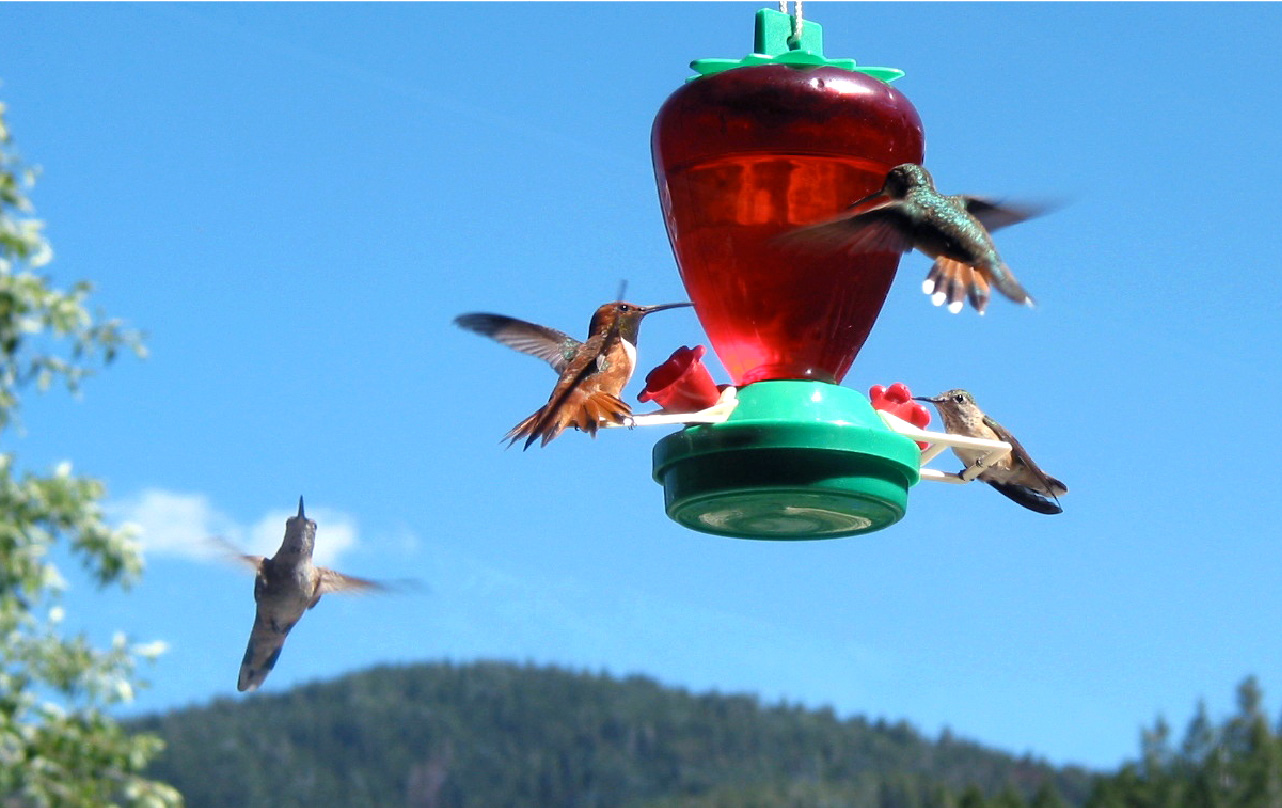
The Nectar Recipe: Sweetness Done Right
-
DO: Mix your own nectar using a simple ratio of 1 part white granulated sugar to 4 parts water. For example, 1 cup of sugar mixed with 4 cups of water.
-
DO: Boil the water first, then stir in the sugar until it's completely dissolved. This helps prevent mold growth. Let it cool completely before filling your feeder.
-
DON'T: Use honey, artificial sweeteners, or red dye. Honey can grow harmful fungus, artificial sweeteners offer no nutritional value, and red dye is unnecessary and potentially harmful to the birds. The red color of most feeders is enough to attract them.

Keeping Things Clean: Happy and Healthy Hummers
-
DO: Clean your feeder thoroughly every 2-3 days, especially in warm weather. Use hot water and a clean bottle brush to scrub away any mold or old nectar. Try using distilled white vinegar instead of soap, as soap residue can cause diarrhea in hummingbirds. Rinse it very well before refilling.
-
DO: Replace the nectar regularly, even if it hasn't been fully consumed. This prevents fermentation and mold growth, which can make the birds sick.
-
DON'T: Let old nectar sit in the feeder for too long. It can become a breeding ground for bacteria and fungus.
A Few Extra Tips for Success:
-
Be Patient: It might take a little while for the hummingbirds to discover your feeder. Keep it clean and fresh, and they'll likely find it eventually.
-
Be Consistent: Hummingbirds make mental spatial maps and will return to locations where feeders were, year after year. Keeping feeders in the same area, and making sure to maintain feeders year after year, can be very helpful to our little bird visitors.
-
Consider Multiple Feeders: If you have a lot of hummingbird activity, consider putting up more than one feeder to reduce competition. Space them out a bit.
-
Deter Wasps with Decoys: Try using an inflated paper bag, suspended upside down to look like a hornet’s nest, to deter other wasps. Tip courtesy of Brenda Winters, Story WY.
-
Enjoy the Show! Once the hummingbirds start visiting, take some time to sit back and marvel at their incredible speed and agility.


